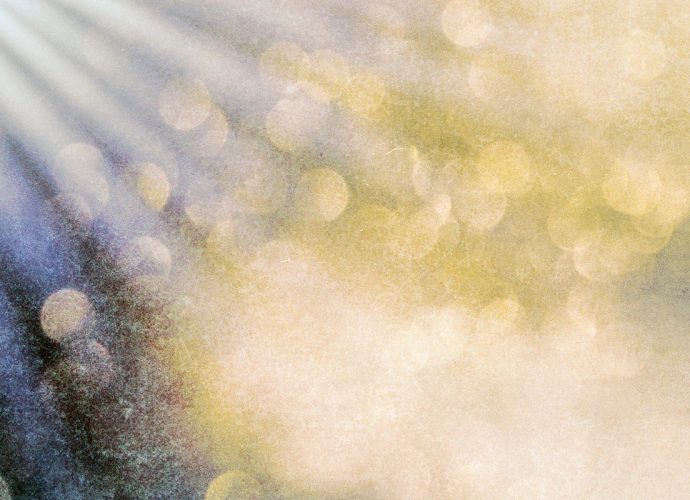Does Pet Hair Deter Deer?
Experts say dog hair helps protect gardens from pests including slugs and snails, which become trapped in the dog hair. Rabbits, squirrels, deer and other creatures are deterred by the scent of dog hair as it tricks the pests into thinking there is a dog nearby. What is the bestRead More →









